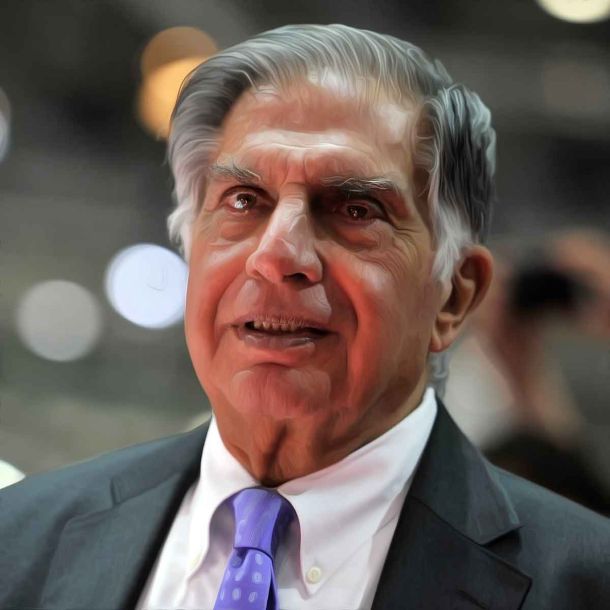More Coverage
Twitter Coverage
Satyaagrah
Written on
Satyaagrah
Written on
Satyaagrah
Written on
Satyaagrah
Written on
Satyaagrah
Written on
Join Satyaagrah Social Media
Does the Places of Worship Act 1991, really forbids any transformation in worship’s religious character after August 15, 1947? Gyanvapi compound may lead to its exemption if found more than 100 years old
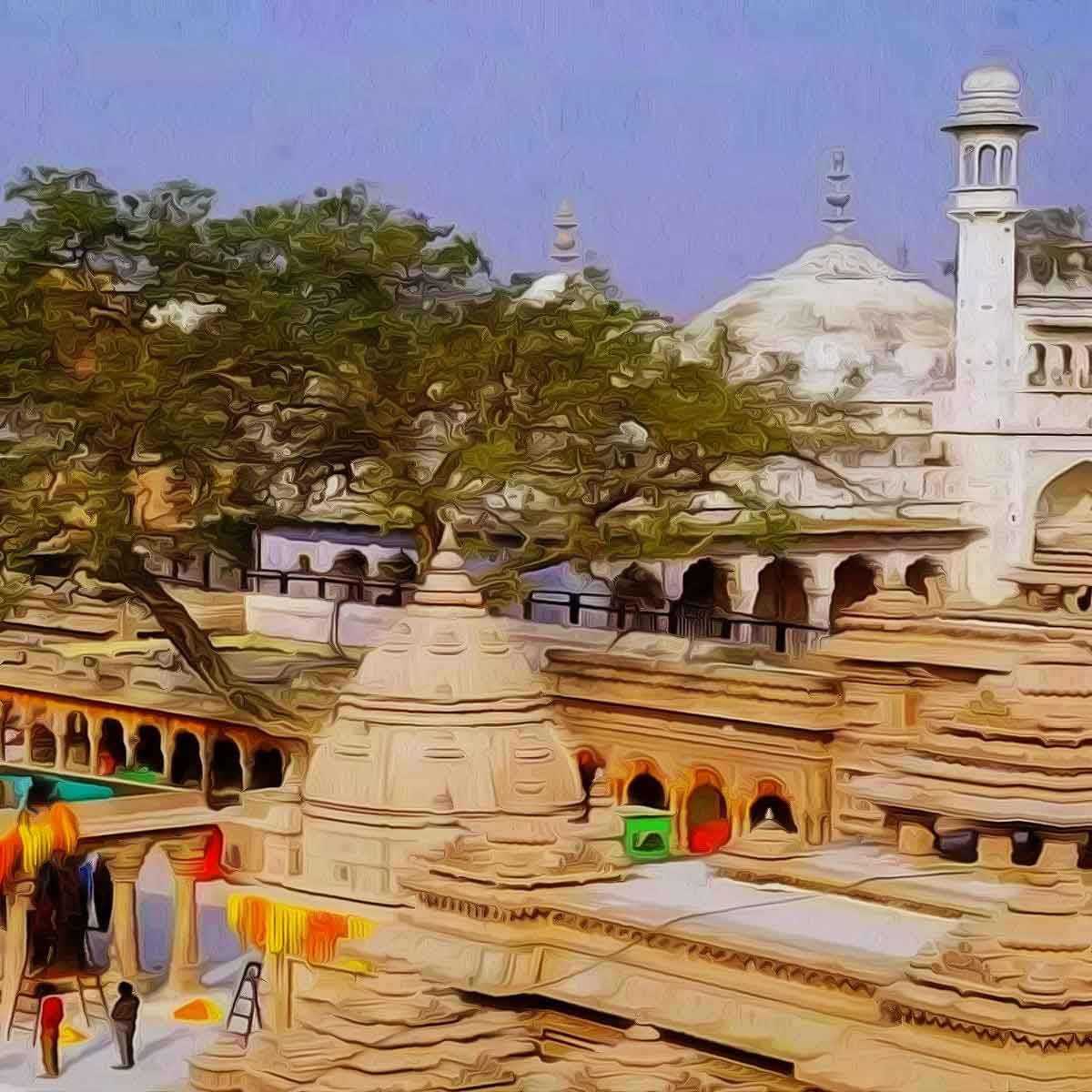
The disputed structure of Gyanvapi Masjid in Varanasi, which stands on top of the original Kashi Vishwanath Mandir, is now at the center of a major controversy.
Last week, a Varanasi court had allowed a video survey of the disputed structure and had ordered the Archaeological Survey of India (ASI) to investigate the architecture of the Gyanvapi Masjid.
Ever since the court ordered a survey inside the disputed structure, there have been severe protests from the usual entities such as the secular opposition forces and the Muslim groups. The survey team has met with opposition from local Muslims, who prevented them from entering the mosque.
However, the court-appointed advocate commissioner on Saturday resumed the survey and videography of Gyanvapi mosque premises, two days after the civil judge refused to change him and ordered him to submit the survey report by May 17.
While the team was able to survey the outer facade of the structure, they could not enter the structure for survey despite a court order, as the entrance to the mosque was blocked by the protesting Muslims.
In support of the Muslims, the opposition parties have descended to oppose any bid to survey the controversial Mughal structure. Hyderabad MP and AIMIM chief Asaduddin Owaisi termed the Gyanvapi Masjid verdict a “blatant violation” of the Places of Worship Act, 1991.
Senior Congress leader P Chidambaram has also echoed the same sentiments claiming that PV Narasimha Rao’s government passed the Places of Worship Act with the only exception of Ram Janmabhoomi. He also claimed that all the other places of worship should remain in status as they are, and nobody should not change the status of places of worship as it will lead to a huge conflict.
Does the Places of Worship Act, 1991, really forbids any transformation in a location of worship’s religious character from what it was on August 15, 1947? Here is an explanation:
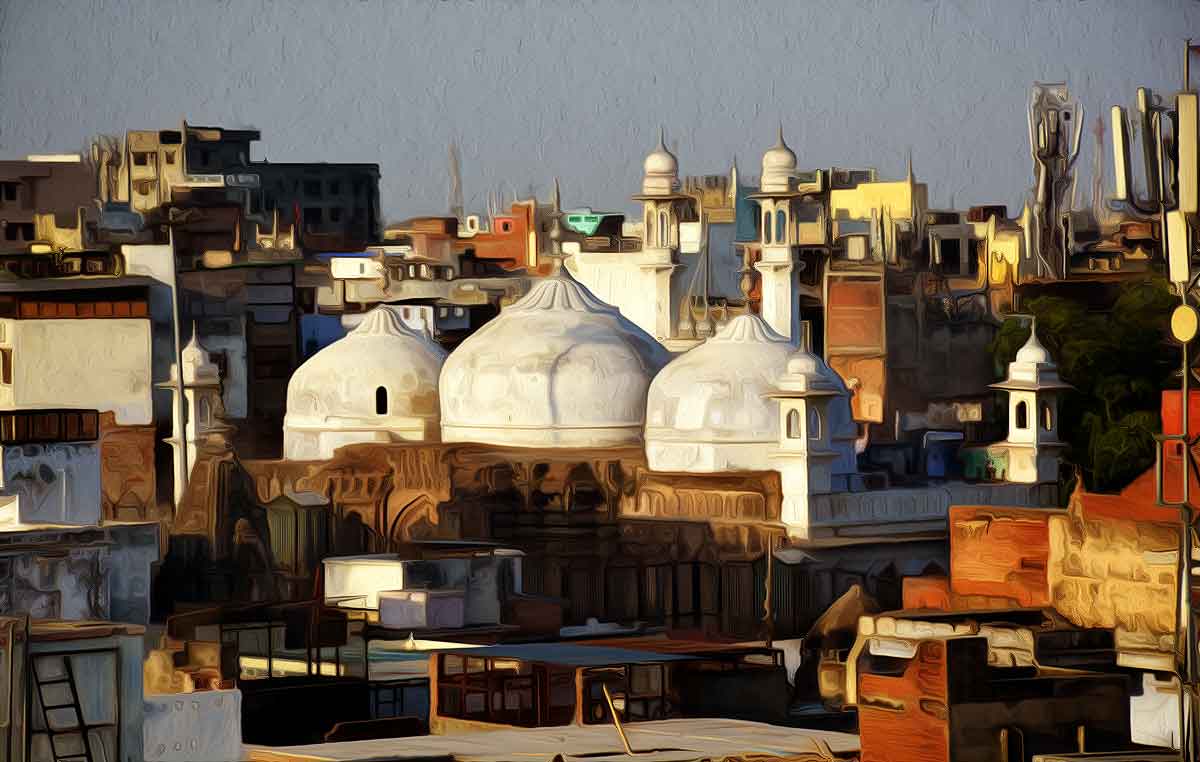 |
The Places of Worship Act, 1991
The Places of Worship Act, 1991 was passed by the PV Narasimha Rao-led Congress regime to maintain the status-quo of the religious character of places of worship as it was in 1947, except in the case of the Ram Janmabhoomi-Babri Masjid dispute, which was already in court. It was also to provide for the maintenance of the religious character of such a place of worship as on that day.
The law was meant to pre-empt any fresh claims by any community on any holy place and their efforts to reclaim the buildings or property on which they once stood. The law was brought in to maintain the status quo, which the then government thought would aid in the long-term preservation of peaceful coexistence.
Main characteristics of the Act
The Act states that a site of worship’s religious character must remain the same as it was on August 15, 1947. The law also states that nobody ever shall translate any religious denomination’s holy site into one of a distinct denomination or section.
The law also asserts that each and every lawsuit, appeal, or other proceedings pertaining to changing the character of the area of worship pending before any court or authority on August 15, 1947, will be terminated as soon as the legislation becomes effective, meaning there cannot be any further legal proceedings.
The act also imposes a positive obligation on the state to maintain the religious character of every place of worship as it existed at the time of independence.
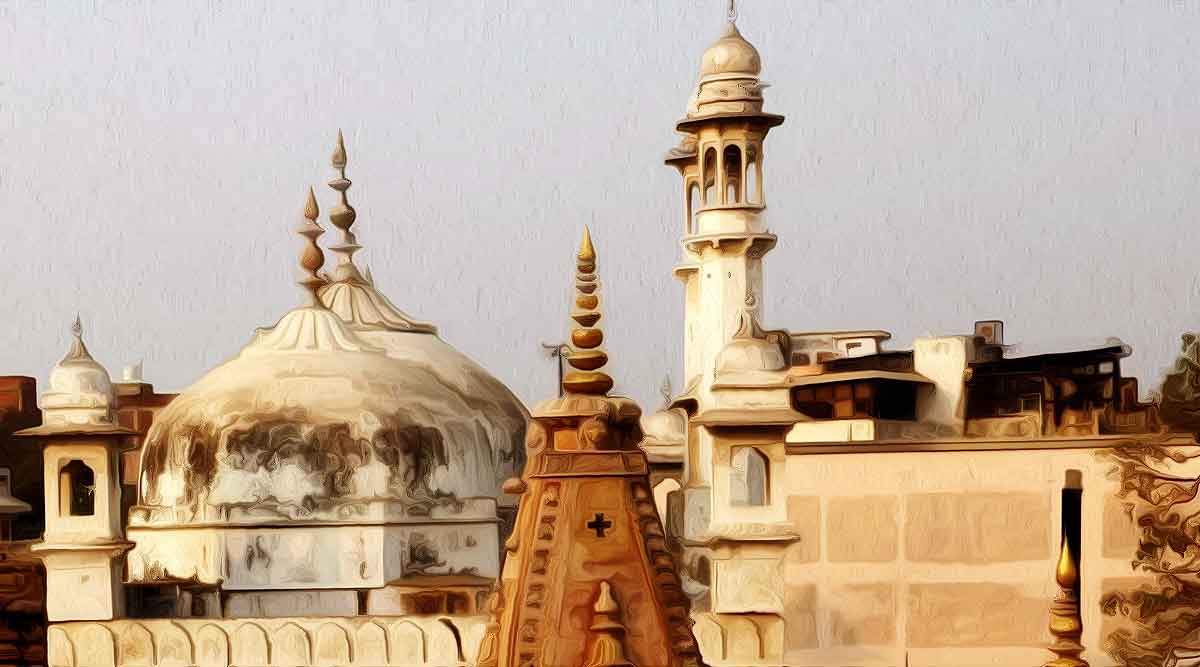 |
Exemptions to the law
However, there is an exception in the law. Under the Places of Worship Act, 1991, legal proceedings can be initiated if the change of status took place after the cut-off date of August 15, 1947. This saves judicial proceedings, lawsuits, and appeals concerning the possibility of status that occurred after the cut-off date.
Besides, the law exempts any place of worship, which is an ancient and historical monument or an archaeological site covered by the Ancient Monuments and Archaeological Sites and Remains Act, 1958.
A suit that has been finally settled or disposed of or any dispute that has been settled by the parties or conversion of any place that took place by acquiescence before the Act commenced.
The current state of the disputed structure Gyanvapi Masjid and Shahi Idgah
A batch of petitions was filed in Varanasi court in 1991, seeking approval to worship inside the disputed Gyanvapi premises, where Kashi Vishwanath temple stood once.
In 2019, the appellants requested that the ASI conduct a survey of the Gyanvapi premises. However, in 2021, the Allahabad High Court ordered a stay on the ASI survey. The most recent controversy involves the routine worship of Shringar Gauri and other idols within the Gyanvapi complex.
In Mathura, the Allahabad High Court has restored a plea asking for the abolishment of Mathura’s Shahi Idgah Masjid, which is near a Krishna Mandir. On Friday, a plea was filed in the court of civil judge (senior division) in Mathura seeking the appointment of a commissioner to survey the structure, Shahi Idgah masjid, built on Sri Krishna Janmabhoomi.
On Thursday, the Allahabad high court also directed a Mathura court to dispose of the petitions claiming ownership of the entire land on which the Srikrishna Janmabhoomi stands and seeking to remove the adjoining Shahi Idgah Mosque within the four months.
So far, nine petitions are currently pending in the Mathura district courts with regard to the Shri Krishna Janmabhoomi-Shahi Idgah case. A Mathura court will pronounce its orders on one of the petitions on May 19.
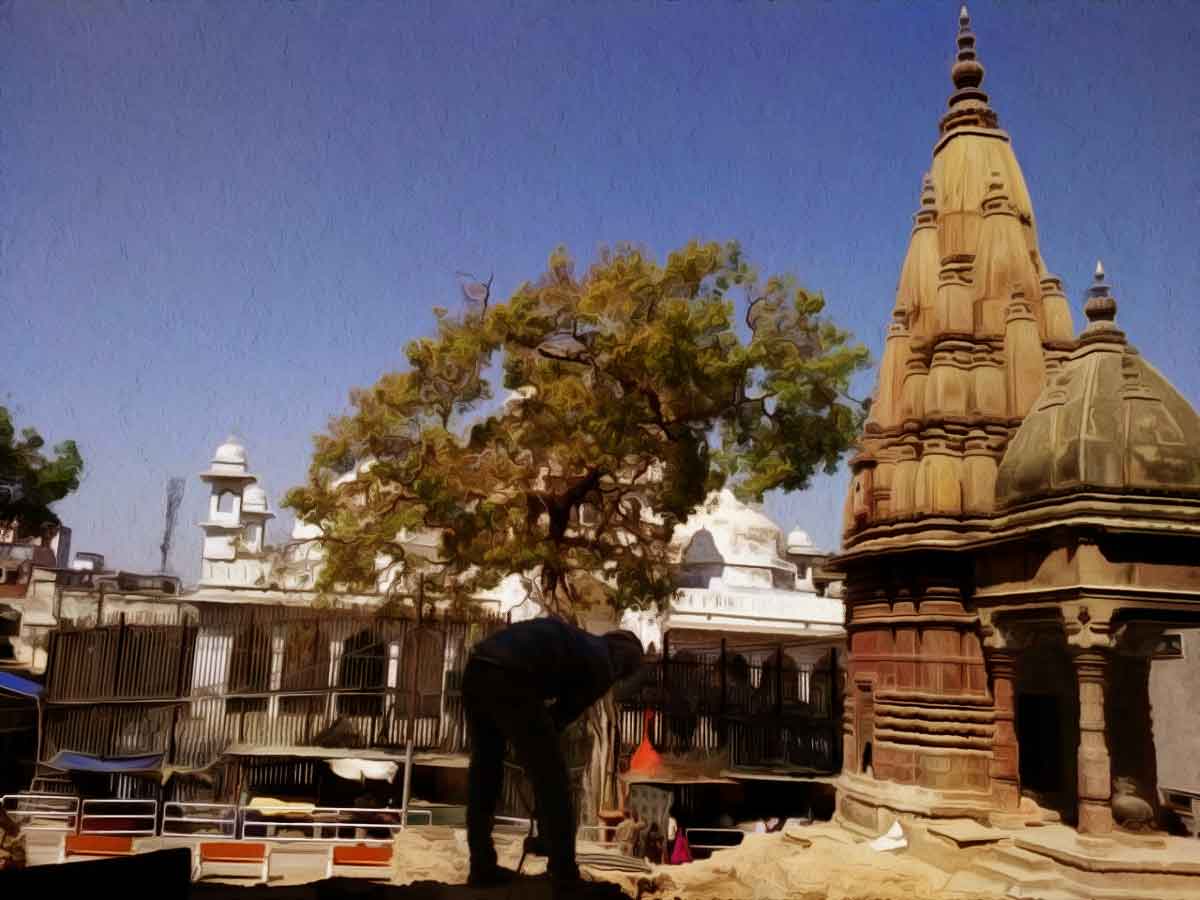 |
If Hindu structures are found inside the Gyanvapi compound, can they be exempted from the Place of Worship Act?
One of the pertinent exemptions to the Places of Worship Act is if the site falls under the Ancient Monuments and Archaeological Sites and Remains Act, 1958. This means that if the place of worship of any religion is regarded as an ancient and historical monument or an archaeological site, it could be exempted from the ambit of the Places of Worship Act.
According to the Ancient Monuments and Archaeological Sites and Remains Act, 1958, an “ancient monument” is “any structure, erection or monument, or any tumulus or place of interment, or any cave, rock-sculpture, inscription or monolith, which is of historical, archaeological or artistic interest and which has been in existence for not less than one hundred years.”
As per the above definition, any monument or place of worship that is more than 100 years old could be deemed as an ancient monument under the law, and thus automatically becomes exempt from the Places of Worship Act. Thus, if the ASI survey finds the existence of a Hindu temple structure inside the Gyanvapi compound, which would naturally be more than 100 years old, it could be declared an ancient monument under the Ancient Monuments and Archaeological Sites and Remains Act, 1958, and therefore, exempt from the Places of Worship Act.
References:
 Support Us
Support Us
Satyagraha was born from the heart of our land, with an undying aim to unveil the true essence of Bharat. It seeks to illuminate the hidden tales of our valiant freedom fighters and the rich chronicles that haven't yet sung their complete melody in the mainstream.
While platforms like NDTV and 'The Wire' effortlessly garner funds under the banner of safeguarding democracy, we at Satyagraha walk a different path. Our strength and resonance come from you. In this journey to weave a stronger Bharat, every little contribution amplifies our voice. Let's come together, contribute as you can, and champion the true spirit of our nation.
 |  |  |
| ICICI Bank of Satyaagrah | Razorpay Bank of Satyaagrah | PayPal Bank of Satyaagrah - For International Payments |
If all above doesn't work, then try the LINK below:
Please share the article on other platforms
DISCLAIMER: The author is solely responsible for the views expressed in this article. The author carries the responsibility for citing and/or licensing of images utilized within the text. The website also frequently uses non-commercial images for representational purposes only in line with the article. We are not responsible for the authenticity of such images. If some images have a copyright issue, we request the person/entity to contact us at This email address is being protected from spambots. You need JavaScript enabled to view it. and we will take the necessary actions to resolve the issue.
Related Articles
- Hindu side filed reply in Supreme Court: 'Gyanvapi property belonged to Lord Adi Vishweshwar since time immemorial, even before the Islamic rule in India, and hence cannot be handed to anybody'
- Iconic Shivlinga rose above smog of denial after centuries and so have documents validating temple existence in same place: layout of old Vishveshwar temple and what British historians said about the structure
- In a major development, Mathura court allowed a plea to remove the disputed structure of the Shahi Idgah Mosque near Krishna Janmabhoomi for hearing: suit filed in the name of "Bhagwan Sri Krishna Virajman"
- Hours after Shivling discovered inside disputed Gyanvapi, AIMIM chief Asaduddin Owaisi provokes Muslims against court-ordered proceedings amidst chants of ‘Naara-e-Takbeer’ and ‘Allahu Akbar
- 'Found stone carvings of Hindu Gods-Goddesses, lotus, Seshnaag, Shrigar Gauri shrine distinctly visible, absolute remnants of ancient Hindu temple': Survey commissioner Ajay Mishra reports, Muslim side continuously uncooperative
- Jamia Masjid in Srirangapatna is actually an ancient Anjaneya Hanuman temple that was captured and converted into Masjid by Tipu Sultan: Claims activists and seek permission to worship inside the mosque
- Rajasthan: Oldest mosque of Ajmer ‘Adhai Din Ka Jhonpra’ stands over ruins of a magnificent Sanskrit pathshala 'Saraswati Kanthabharan Mahavidyalay': Hindu and Jain temple features found, structure still used by Muslims for Namaz
- Madhya Pradesh HC accepted petition for stay on Muslims performing Namaz in the compound of Bhojshala monument: Read how an educational centre and a historic temple of Goddess Saraswati became Kamal Maulana mosque
- "Ayodhya hui hamari, ab Kashi-Mathura ki baari": Plea submitted in Mathura Court to secure Shahi Idgah Masjid to protect Hindu sacred artefacts after Shivling discovered at wuzukhana in Gyanvapi premises
- Plea rejected by Allahabad High Court to open 22 'closed rooms' of Taj Mahal to research the real history, says "matter should be left to historians. Please don't take us to the historical facts which you believe"
- Defying Court order, Gyanvapi Mosque management committee refuses to allow videography inside the mosque and calls it unethical: Petitioner had sought permission for worshipping Gods on the outer wall of Mosque
- Madras High Court: Do not take decision on melting Temple gold till Trustees are appointed
- Hundred reasons why the Story of the Taj Mahal that most of us have known about may not be the real truth: It's is not an Islamic mausoleum but an ancient Shiva Temple known as Tejo Mahalaya
- Madras High Court noted that 'tolerance is the hallmark of Hinduism, devotees could not be denied their right to worship at any cost': directed authorities to allow chanting prayers at Sri Varadaraja Perumal Temple
- Criticizing Varanasi court Asaduddin Owaisi spreads hate again, says court paving way for ‘anti-Muslim violence’ with the survey of disputed structure ‘Gyanvapi Mosque’ premises




